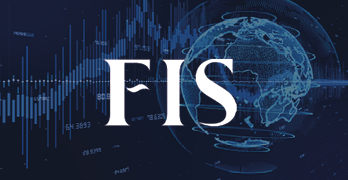Peter Stallion: Looking forward

Moving forward volatility remains a key concern, given ocean freight rates continue to sit at historic highs – a result of capacity control, equipment, and volumes.
Trans-Pacific routes, at least in terms of price, have plateaued and remain supportive, with forward pricing holding up with the last curve mid-values for Jan 21 up at $3,450 on 26th November 2020. Physical volumes remain consistent, whilst downward pressure from The Chinese government keeps a cap on prices moving higher. In the near-term there is no real premise for some of the underlying costs to drop off any further, with brent crude futures steadily rising in value as consumption starts to come back into the equation on the back of lockdown and vaccine news. Further down the curve, physical pricing might be lifted in line with higher long-term physical contract rates. For the most part this has been pricing in throughout November, with consistent gains from Q2 21 all the way through to Cal 22.
Asia-Europe rates, on the other hand, have seen the results of diverted equipment (and thus equipment shortage) versus high demand.
Spot rates in November have shot up 77.58% from $2,206/FEU on 02 November, to $2,772/FEU on FBX 11
Anecdotally the spread between rates into North Europe and rates into the UK has been exponential, with spot contracts going for as high at $5,000/FEU in the period. The surging spot rate has caused constant corrections and overriding bullish attitude in the forward curve until the end of the year. On 26th November we published mid-values in Dec 20 at $2,900/FEU, with the offer level as high as $3,100/FEU. Again, this has lifted the rest of the curve up, with the Cal 21 mid-value price now sitting at a relative high of $2,275/FEU.
The huge surge in pricing, the apparent degradation of service levels, and the sense that the container market price is currently over-valued versus what might happen in 2021, has been driving renewed interest into Container Freight Forward Agreement trading. A big factor in the willingness for shippers to pay very high spot rates has been a mix of long-term contract failure (forcing shippers into the spot market), and a rush of goods volume on the back of exceptional spending on goods versus services. The onus is now on liners to jump on the sell-side of the Container FFA market to protect against any downward move in the market. This is especially important given current runs of profitability, and looming costs in the form of medium to long-term time-charters booked in at very high rates – set against a backdrop of oncoming decarbonisation, new ship-builds and a reversion to the ‘old days’ of spend on goods versus services.
About Peter Stallion, Head of Air and Containers, Freight Investor Services
Peter Stallion heads up the Air and Container Freight desks at FFA brokerage Freight Investor Services. He started his career in air freight chartering, and has a passion for emerging risk management markets and the logistics industry